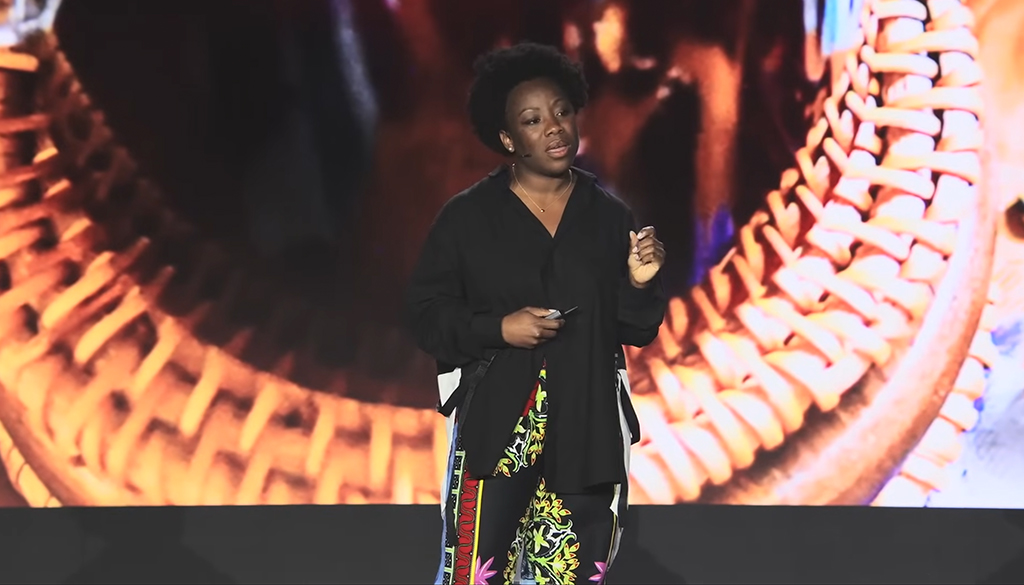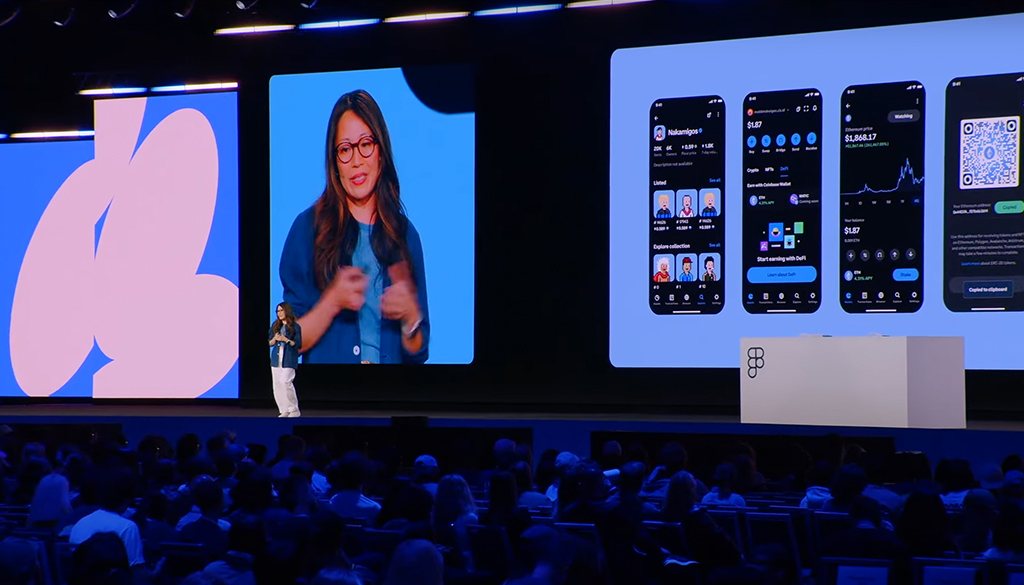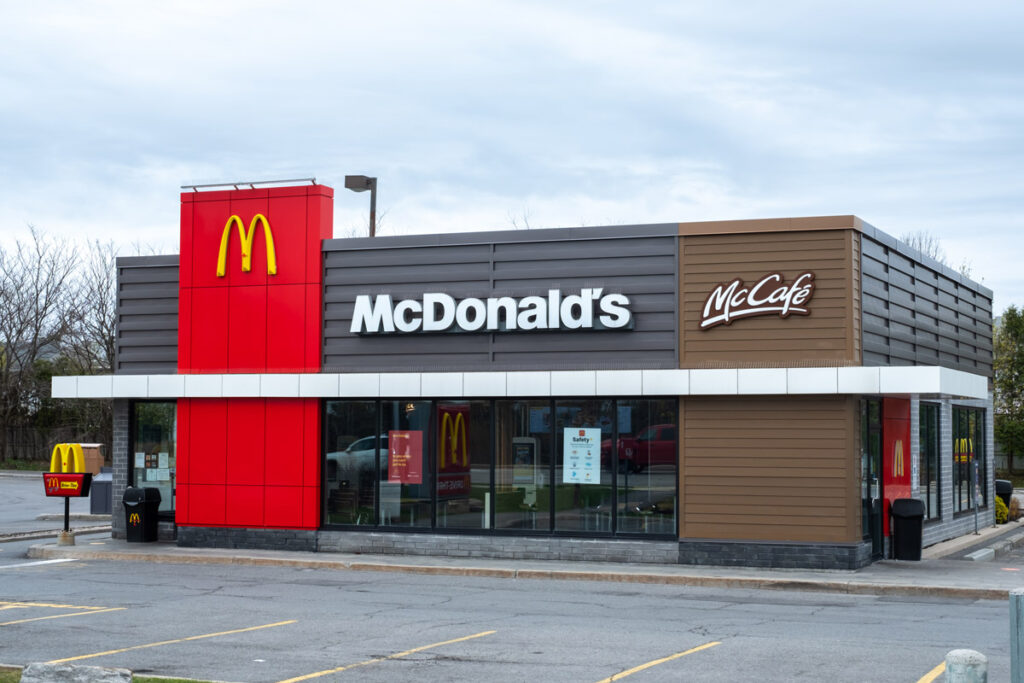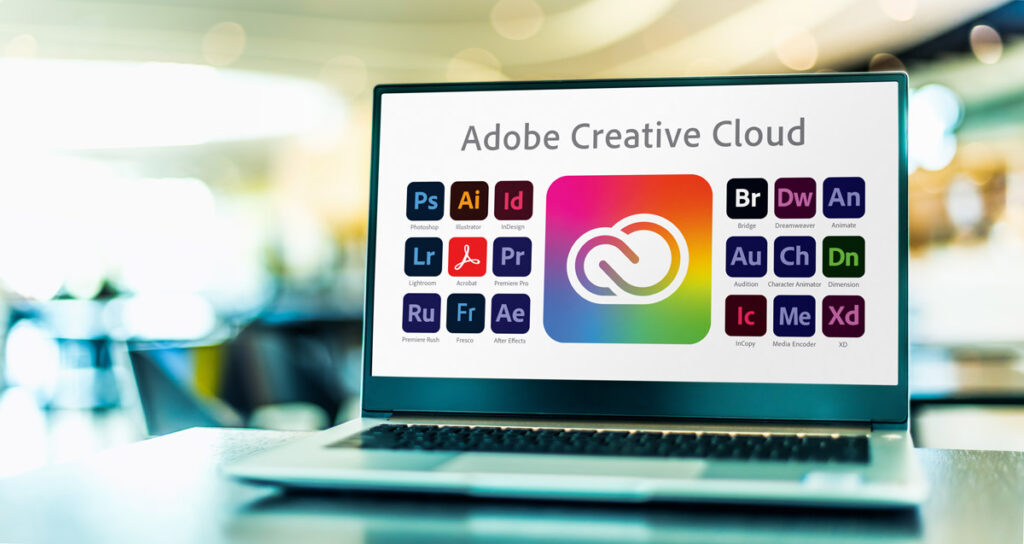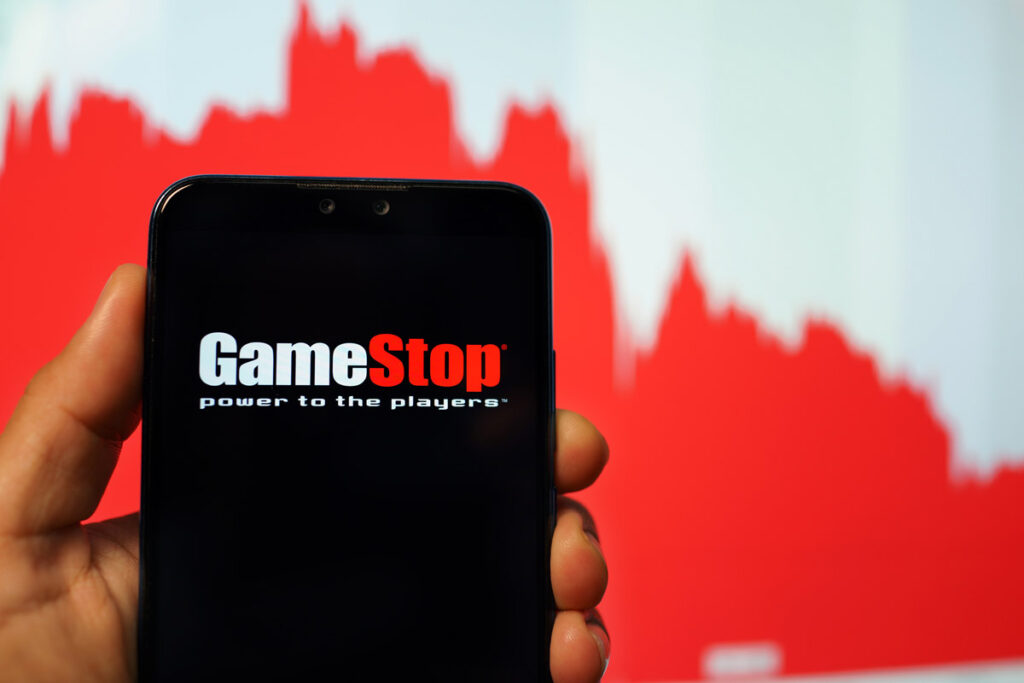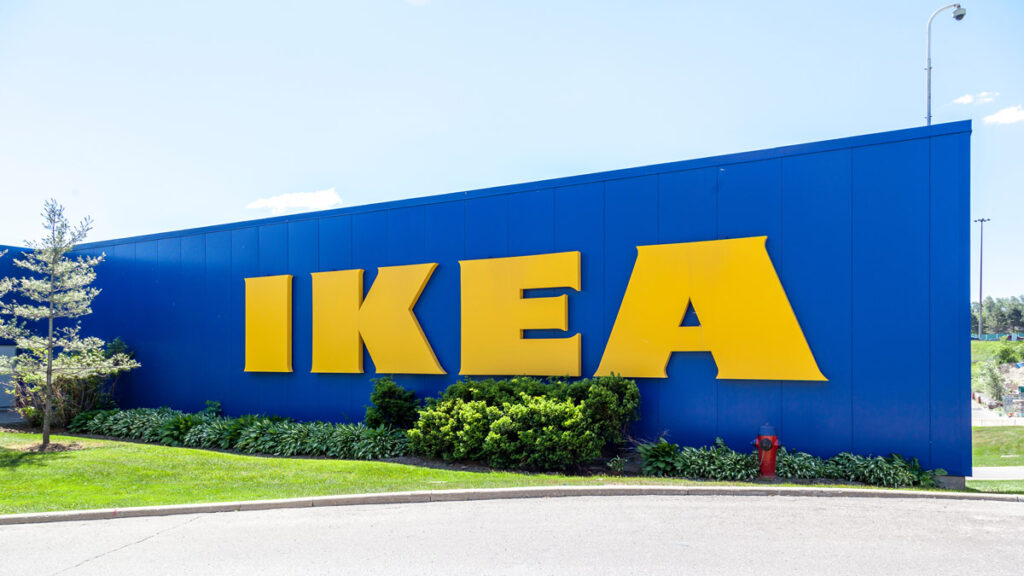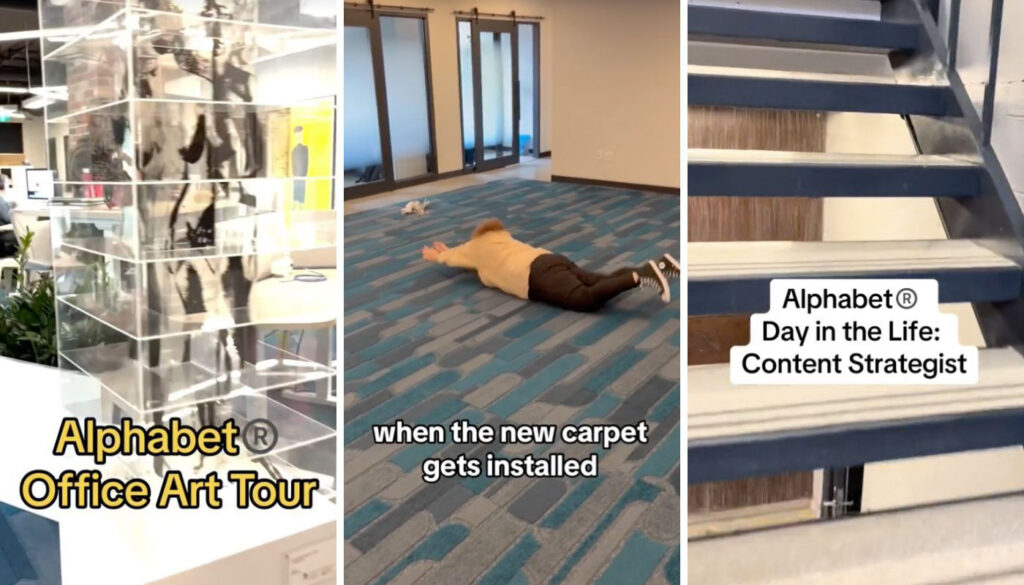Building Place in Uncertain Times: Learnings for Canadian Tourism
Who remembers that thing that happened in March 2020, which sent the Canadian tourism industry into what felt like a permanent state of recovery mode? ‘Pivot’, ‘agile’, ‘resilient’, and ‘scrap that plan and start again’ became part of our everyday language, and it seemed like just as we were starting to get back on steady ground, things would shift once again.
Over five years later, Canada’s tourism sector is no stranger to challenges, but the current moment feels especially complex. Economic pressures, political uncertainty, and shifting travel patterns are reshaping the landscape in real time, and destination leaders need to respond not just with creativity, but with clarity and resilience.
Across the country, we’re facing a perfect storm of issues: inflation, housing affordability, workforce shortages, and increased polarization in both domestic and cross-border politics. A 2024 labour report by Tourism HR Canada reported that tourism accounted for nearly 10% of all Canadian employment, but the tourism labour force has declined by 0.8% since 2019, indicating workers are choosing to move to other sectors for employment. Meanwhile, ongoing tensions with the United States—Canada’s largest source of international visitors—have added a new layer of complexity to how we market ourselves globally.
If there’s one clear truth to emerge from all this, it’s that uncertainty is now the status quo. For destination marketers, economic developers, and place branders, that means it’s no longer enough to simply promote a destination—we must shape it. Now is the time to build stronger, more unified communities by rethinking how we tell our stories, engage our people, and align our efforts.
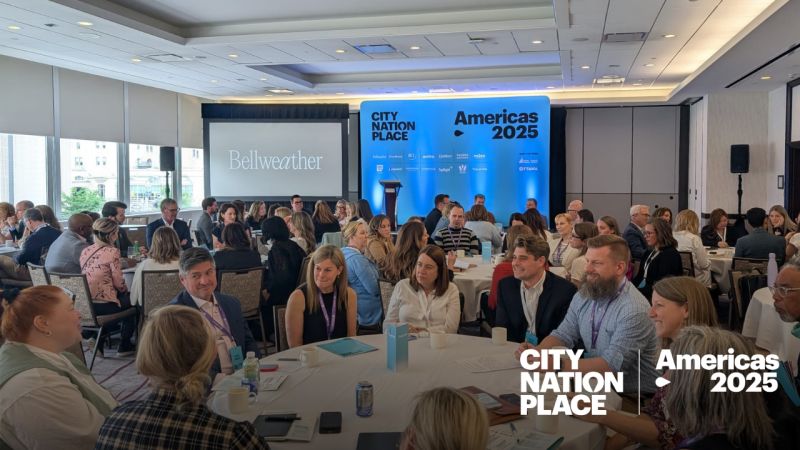
The power of alignment
At the recent City Nation Place Americas 2025 conference, one idea rose to the top again and again during Alphabet®’s hosted roundtable: the need for a unifying narrative. As destinations navigate an increasingly fractured world, bringing together tourism, economic development, and community building isn’t a “nice to have”—it’s essential—and this unity extends beyond just your destination. Laddering up into the larger provincial and national brands will support resiliency across the industry.
Place branding offers a powerful tool for this kind of alignment. A strong, authentic narrative that’s grounded in the values of the people who live there can serve as a guiding light. It helps connect the dots between what we’re promoting to visitors and what we’re building for residents and businesses.
Tourism, after all, is not a silo. It’s a vital part of the Canadian economy. According to Destination Canada, tourism generates an economic impact of over $250B annually and supports nearly 1.1 million jobs across the country (according to 2023 data). That kind of impact can’t be isolated from workforce strategies, infrastructure planning, or civic pride.
Some of the most compelling conversations at City Nation Place focused not on marketing campaigns, but on governance structures and how to make collaboration institutional, not just situational. Because in a time of volatility, resilience comes from coordination.
Telling the Canadian story
While political tensions and economic stress dominate our news headlines, there’s an opportunity here, too: Canada is uniquely positioned to lead with openness, values, and a deep sense of place. The world is watching. Are we telling the right story?
We know that U.S. travellers continue to see Canada as a safe, friendly, and welcoming destination. Recent studies have found that Americans still view Canada as a desirable destination, especially for its natural beauty and cultural diversity—values that feel increasingly important in today’s climate. Although we are still seeing a decline of U.S. visitation, it hasn’t had the same level of impact as we may have been bracing ourselves for.
But international visitation isn’t the only focus. Travel patterns have shifted domestically, too. With the cost of international travel on the rise and a growing interest in supporting and experiencing local, more Canadians are choosing to explore their own backyard. According to recent Destination Canada research, 48% of Canadians are less likely to travel to the U.S. in 2025, with 61% of those saying they intend to travel within Canada instead.
That’s exactly the insight we leaned into with our recent campaign with Tourism Kingston, where we helped craft a narrative that felt both inclusive and proud to be Canadian. Kingston’s campaign invites visitors from across Ontario, Québec, and neighbouring U.S. states to experience the city’s blend of heritage, culture, and waterfront charm—all wrapped in a tone that was distinctly welcoming, warm, and human. It isn’t just about the destination; it’s about how the destination makes visitors feel.
By focusing on inclusive language and shared experiences, we were able to bridge political divides and appeal to a wide range of audiences, reminding them that Kingston (and by extension, Canada) is a place where people can feel at home.
Future-proofing your place brand
It’s important to remember that a place brand isn’t a campaign or a logo. It’s a strategy—one that requires education, collaboration, and long-term thinking. It must be designed to endure leadership changes, economic shifts, and moments of crisis.
Legacy planning should be embedded in every place-based initiative. That means asking not just, “Will this attract visitors next month?” but “What does this do for our community next year, in five years, or in ten?”
We need to reframe place branding as an investment in people, not just promotion. Because when we invest in our places and the stories we tell about them, we’re also investing in the pride, confidence, and identity of the people who call those places home. Some action items you can consider implementing as part of your place brand strategy include:
- Form a cross-sectoral working committee with members of tourism, economic development, and any other key sectors (consider BIA’s, arts/culture institutions, chambers of commerce)
- Identify and engage with leaders in key industries and discuss ways to collaborate
- Keep the community and your stakeholders informed through reporting and open channels of communication
- Embrace domestic and regional travel trends and remain open to shifting your plans to align with what’s relevant and timely
- Develop KPIs that go beyond hotel occupancy and foot traffic – measure impact on business retention, talent attraction, local pride, and public perception
In uncertain times, place leadership requires more than bold marketing. It requires purpose, resilience, and a willingness to work across boundaries. As Canadian destinations navigate what comes next, now is the moment to unify, refocus, and reimagine the role of tourism in building a stronger, more connected country. Curious about how your destination can position itself in the current climate? Ready to share the beauty of what makes you unique? So are we. Reach out and we can get started!
